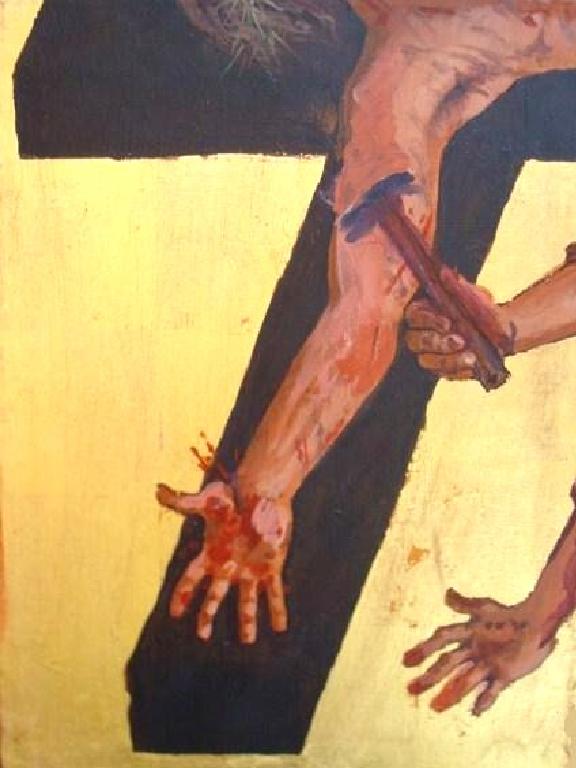

Historians believe that the laying on of hands in the New Testament is the origin of the sacrament of confirmation.Why is the laying on of hands used in the sacrament of confirmation? The laying on of hands was also associated with the installation of some offices, either the office of presbyter or the office of apostle (2 Tim.The apostles laid hands on the seven, and they were assigned a special service (Acts 6:6). The laying on of hands was also a sign of mission.The Holy Spirit was conferred at baptism through the laying on of hands (Acts 8:17-19 19:6).Jairus asked Jesus to heal Jairus’ daughter by laying hands on her. In the New Testament, the hand was associated with power.Leaders would pass on their authority through the laying on of hands (Num. The imposition of hands assigned power to another person.When hands were outstretched over an assembly, the gesture blessed the entire group (Lev.


The ancient Israelites extended hands over offerings in response to the laws of sacrifice (Ex. The imposition of hands was used ritually in the Old Testament as well as in the New Testament.Like baptism, confirmation is not repeated. We are sealed with an indelible mark, a permanent seal that cannot be repeated. We are sealed with the Spirit at confirmation.It is a gesture that evokes and represents the apostolic laying on of hands.The early church imposed hands to call down the Holy Spirit.The laying on of hands has always been part of the Rite of Confirmation.When the priest or bishop imposes hands, it is called epiclesis, a Greek word that means invocation.When the priest or bishop extends hands over a person or object, he asks that the Holy Spirit transform the person or object into a new reality.The church teaches that through the laying on of hands, the Holy Spirit comes upon us.The conferral of hands expresses our invocation of the Holy Spirit who changes us. Catechumens have hands laid upon them in the rite of acceptance and various rites throughout the process of initiation. Objective: Learn the meaning of this key symbol of confirmation.Īll the sacraments and the liturgy of the Catholic Church include the laying on of hands.


 0 kommentar(er)
0 kommentar(er)
